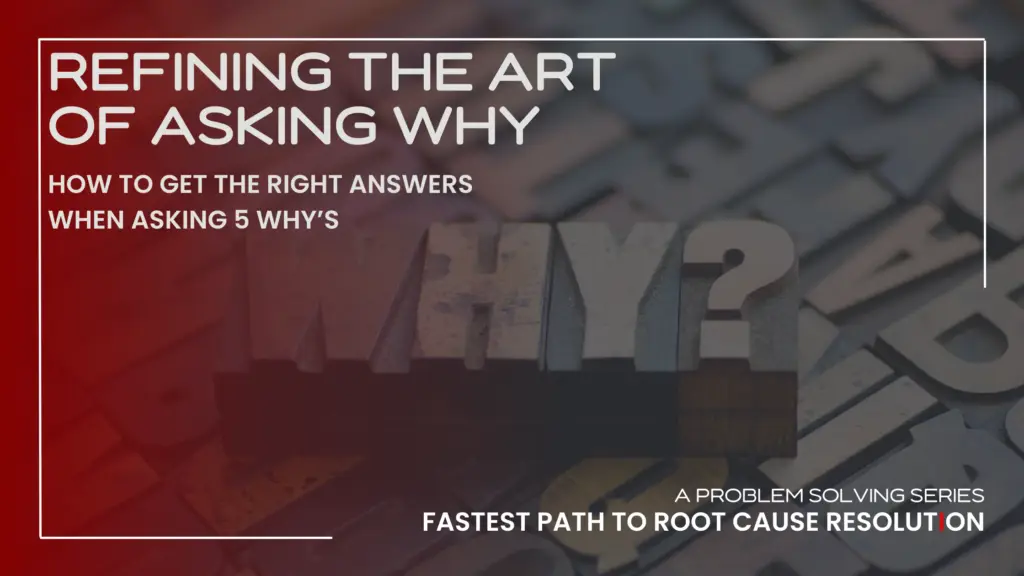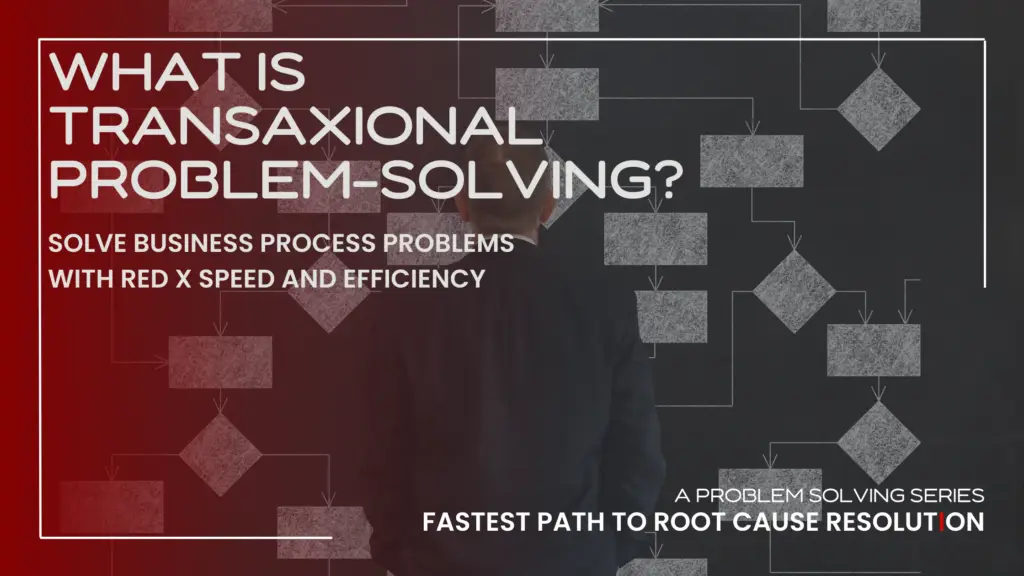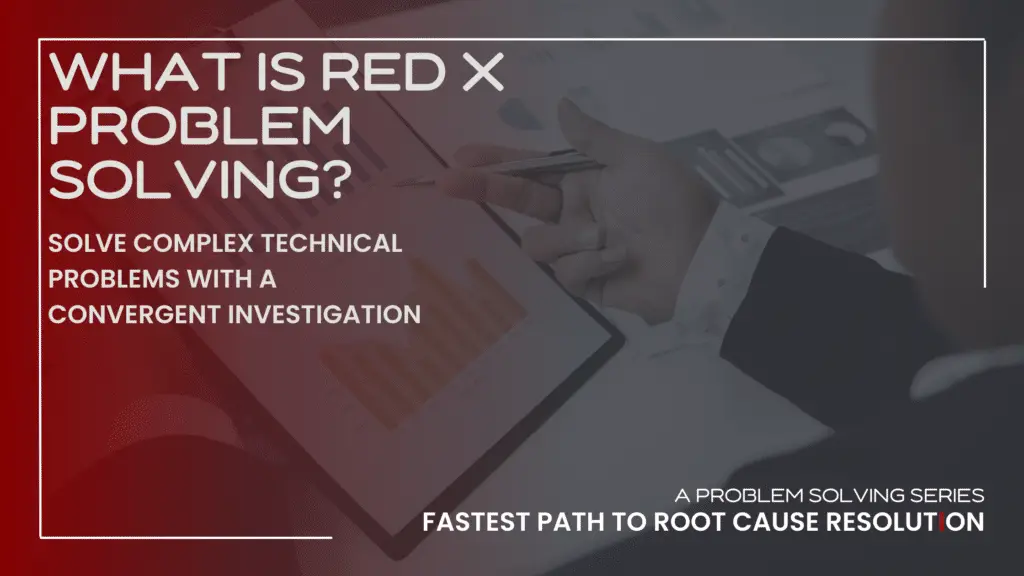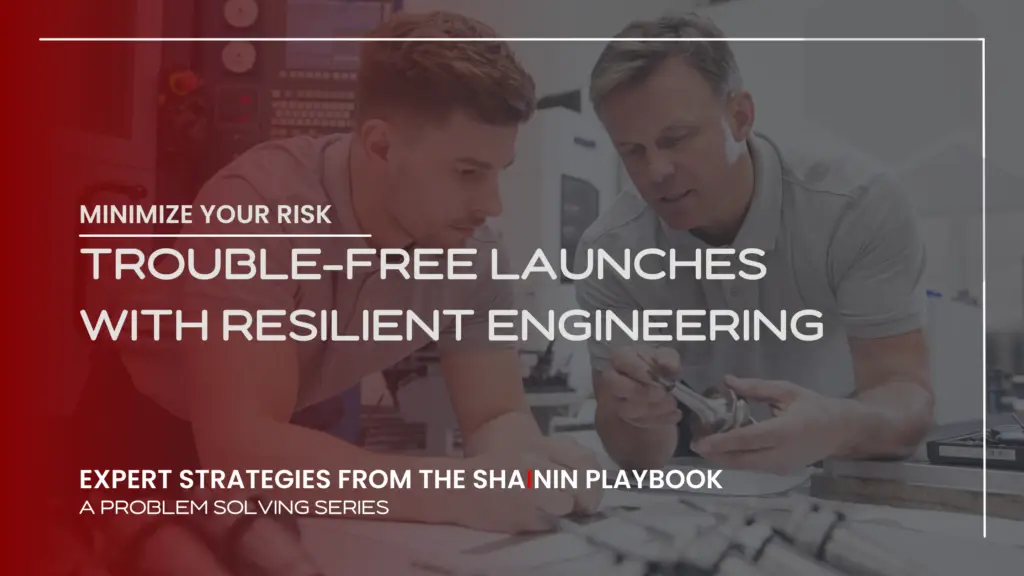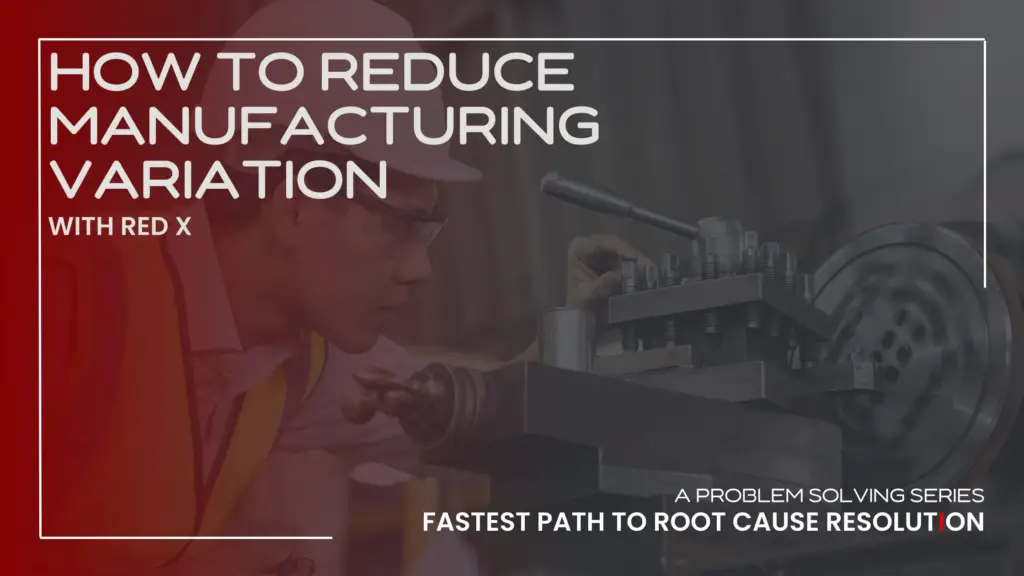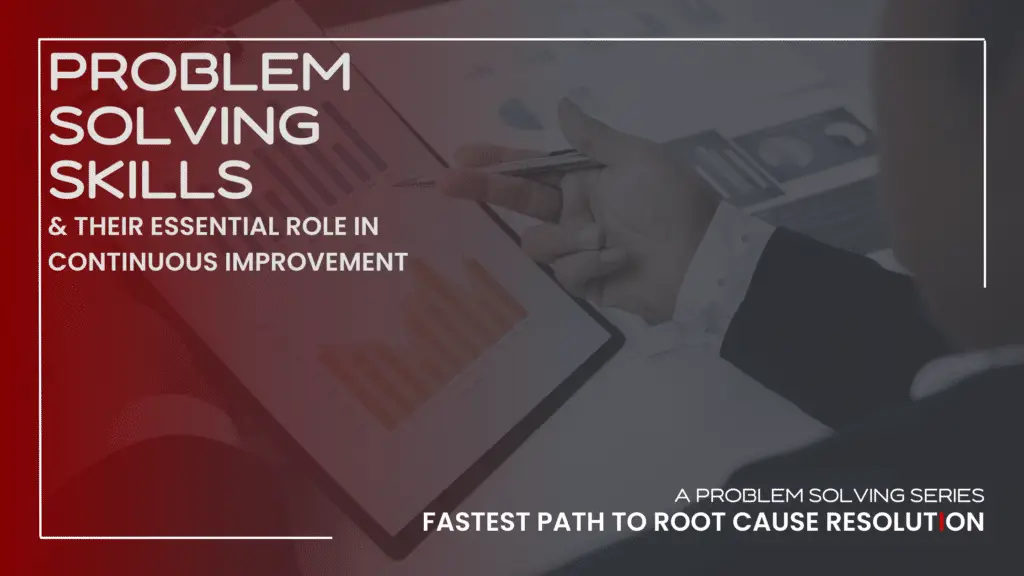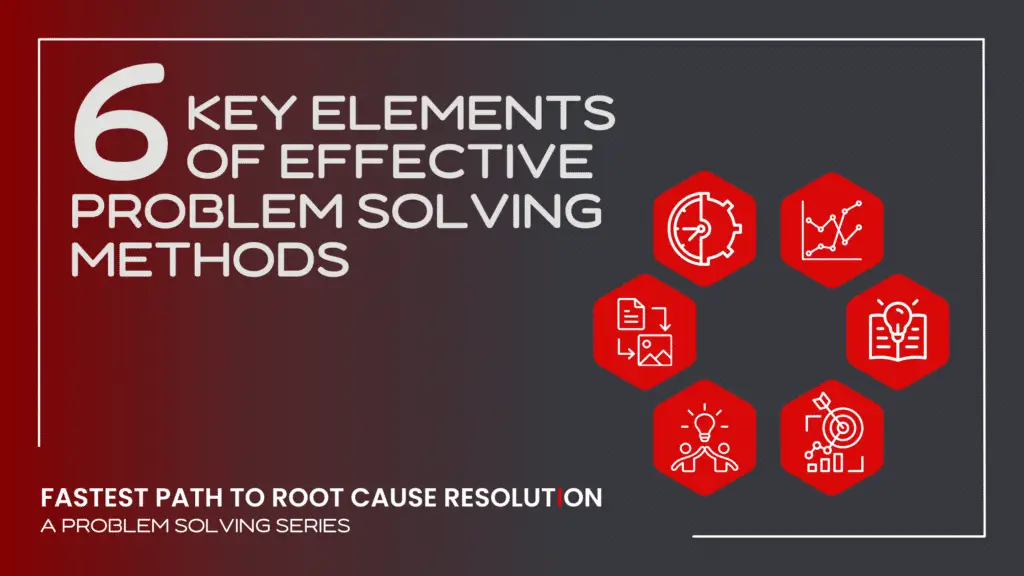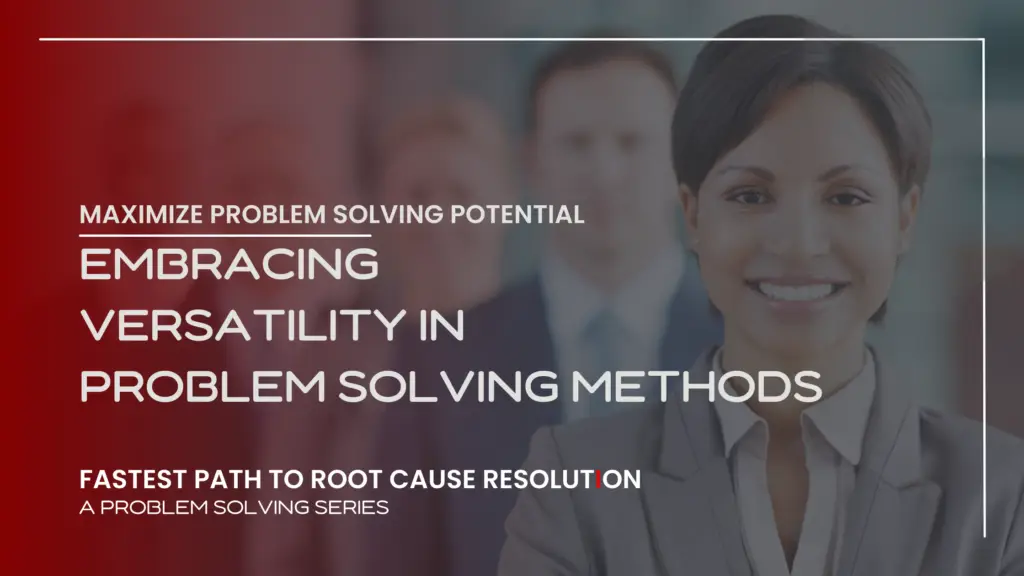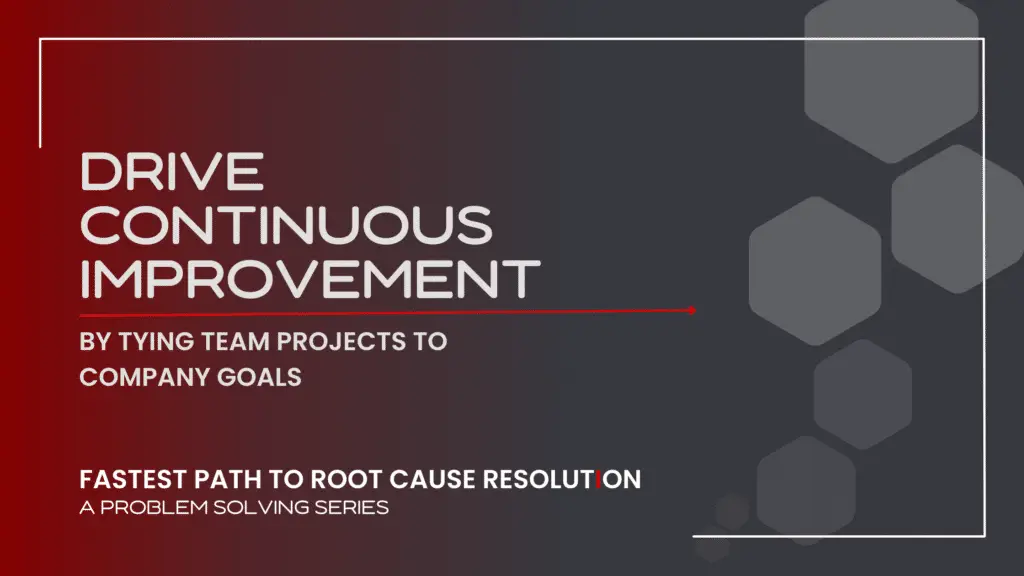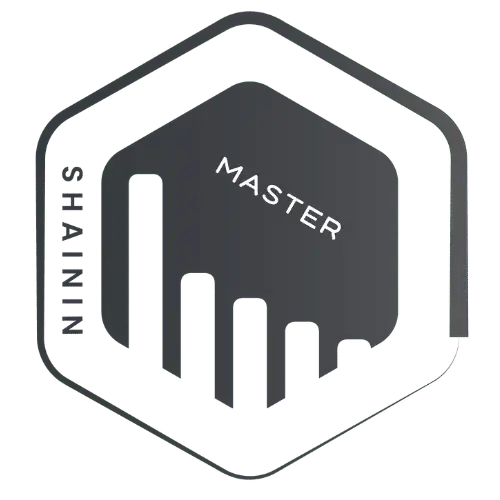Red X and Six Sigma – A Powerful Partnership for Problem-Solving Excellence
Combining the Speed of Red X with the Optimization of Six Sigma In today’s competitive manufacturing environment, efficiency and accuracy in solving problems can make the difference between success and failure. Red X® and Six Sigma are two methodologies that have earned their place in the problem-solving toolbox. While often viewed as separate methods, […]
Red X and Six Sigma – A Powerful Partnership for Problem-Solving Excellence Read More »


